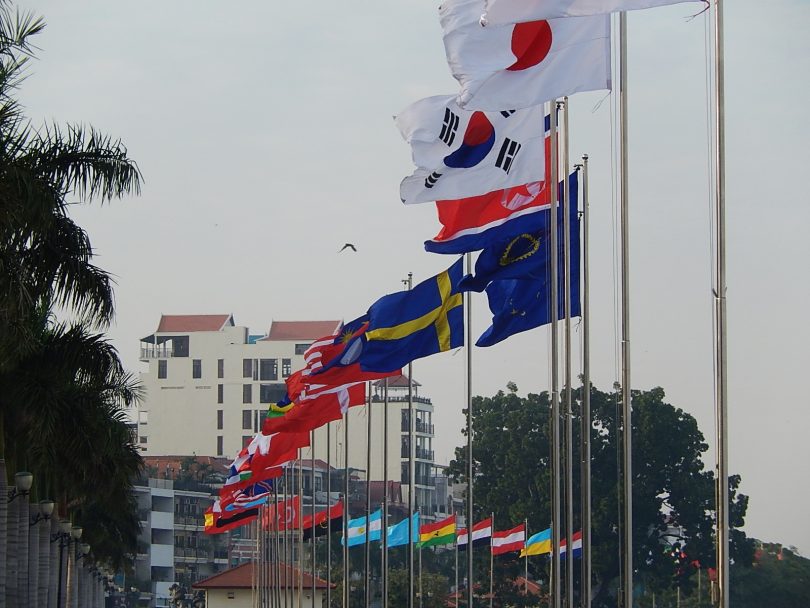The Tokyo 2020 Olympic Games were eventful, to say the least. From being the first Games to be postponed particularly due to a global pandemic, to consequently not allow domestic or international spectators.
Forty-nine per cent of competing athletes were female thus being labelled the first gender equal Olympic Games by the International Olympic Committee.
Unlike other Olympic games where the difference between male and female athletes were 60.7 per cent of males to 39.3 per cent of females in 2000. In the 1952 Olympics women made up 18.1 per cent of overall athletes. When women were first allowed to compete in 1900 there were only 11 female athletes.
Therefore the 2020 Olympics proves to have the closest gap between female and male athletes in history.
The Olympics is no stranger to a large gap between female and male participants. This can be attributed to a lack of events that included women over time. Social constraints have been placed on women’s personal freedoms throughout history, including participation in the Olympics.
In 2020 the IOC added 18 new events to combat the difference between the number of female and male athletes competing in the Games.
Included in these events were the debut of mixed-gender relays and team events as seen in swimming, athletics, table tennis and triathlon.
In particular the female German gymnastics team took their own stance in the fight toward gender equality. The team decided to wear full length leotards to combat the sexualisation of the sport.
To protest the IOC’s decision to allow an athlete being investigated on sexual assault charges to compete in the Games, the American male fencing team wore pink masks during competition.
Even with the addition of new events almost every sport including both male and female athletes there are more males than females.
The Australian Olympic team was one of the few teams to send more women to the Olympics than men.
The number of overall Australian female medal winners is closer to male winners than ever before. With just 1 medal standing between complete equality as compared to 12 in the 2000 Olympic Games.
There is no doubt there is a long way to go in reaching full gender equality, especially when it comes to the Olympic Games. However the progress made in the past 121 years for female athletes in the Olympics is not to go unnoticed.
(Featured image: Mike Cogh)







